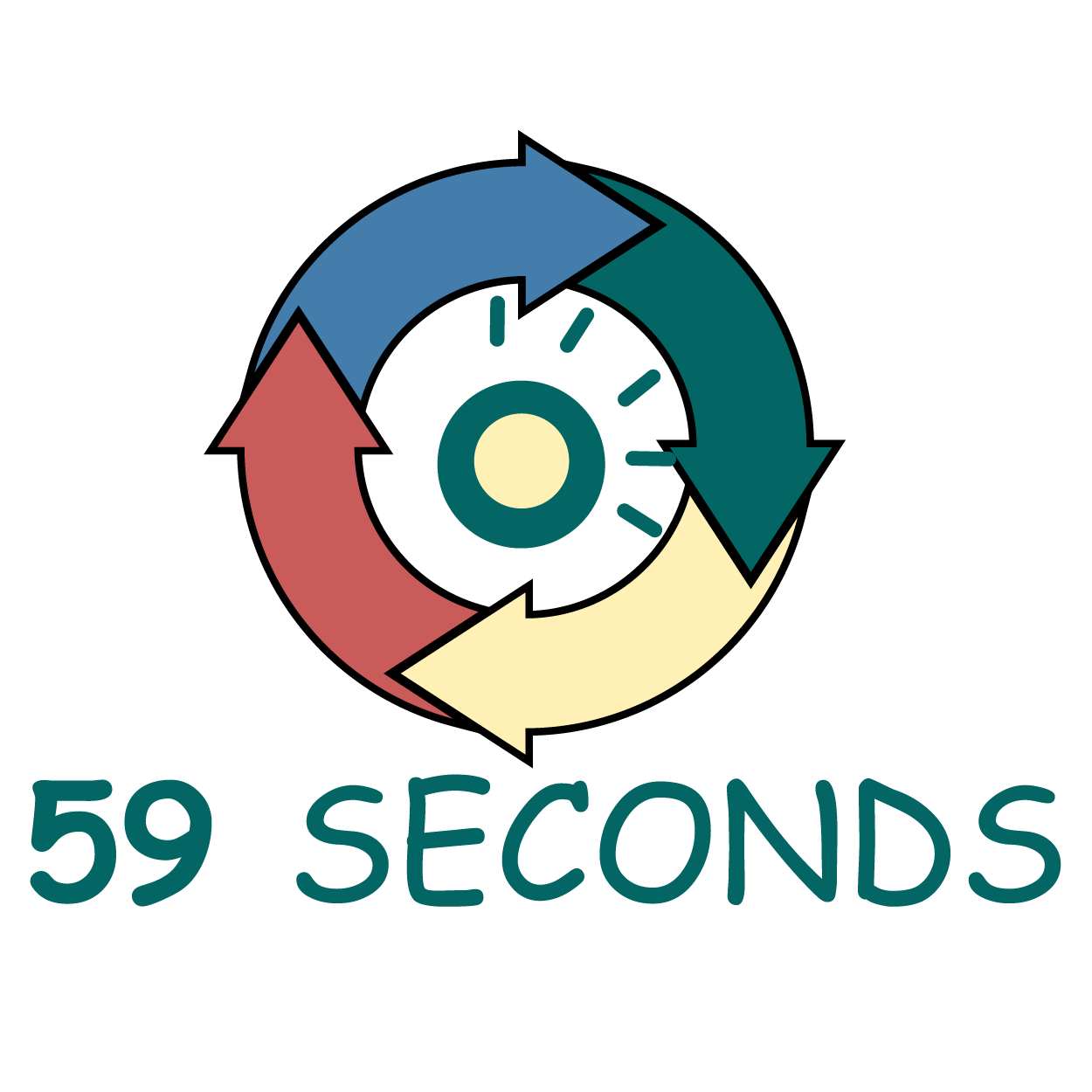
User Stories and Tasks – Part 7
Valuable
To be valuable, a user story must contribute some information or idea to a project that improves the product for specific role or duty. Teams may try to create user stories by saying, “It would be nice if the product could [feature].” The problem with this type of thinking is that the suggested feature may not be useful for a particular type of user. The idea sounds nice on paper, but no users of the product actually need it. If the team spends time creating this feature, they have contributed no real value to the product.
User stories must be unique to be valuable. The team could write several different user stories for each individual role that might use the same feature, but the end result is the same as if the team had just written a single user story for that feature. The Product Owner must filter out or combine user stories that serve the same purpose, with only minor differences between them.
Clearing up technical debt, while a necessary part of software development, does not constitute enough value to warrant a user story. The point of the user story is to deliver value to the stakeholders. Addressing technical debt may improve code performance and make it easier to maintain, but this does not give value to the end user.
By following the user story form that requires a role, a feature, and a reason, the Product Owner can know that this feature will add value. The feature will service some need that a role or user definitely has. Because of this, the team will have improved the product once the user story is finished.
Estimable
If a user story is concrete enough to get an idea of how much effort it will require to complete, it is estimable. Estimates do not have to be incredibly specific, a general idea in the form of story points is close enough. If a user story is too large to give an estimate, the Product Owner should split it into multiple individual stories.
Estimating user stories allows the team to know how much work they can accomplish in a single sprint. Without estimates, user stories may span across multiple sprints, or leave team members without work if they finish very quickly.
59 Seconds Training Video
Master of Agile – Scrum Product Owner With 59 Seconds Agile (Video Training Course)
Introductory Offer: Free Course
What is this course?
This ‘Master of Agile – Scrum Product Owner With 59 Seconds Agile (Video Training Course)’ provides an in-depth understanding of the Scrum Product Owner roles and responsibilities
You will explore the Agile Scrum project life-cycle, including how an Agile User Story is created, to how we know when it is ‘done’
This course is aimed at those with or without prior knowledge and experience of the Agile values and principles
During this course you will learn the tools needed to succeed as a Scrum Product Owner
What will you learn?
You will gain an in-depth understanding of the Scrum Product Owner roles and responsibilities, and you will be able to
- Fully understand the role of the Scrum Product Owner
- Understand the roles involved in an Agile project
- Create an effective Product Backlog
- Effectively participate in Scrum Meetings such as the Daily Stand-up, Sprint Review and Retrospective
- Identify the roles involves in the Scrum Team

What topics are covered within this course?
You will cover the following topics during this course:
- An Introduction to Agile Project Management (Product Owner)
- The 12 Agile Principles (Product Owner)
- The Declaration of Interdependence (Product Owner)
- Introduction to Scrum (Product Owner)
- Scrum Project Roles (Product Owner)
- The Agile Project Life-cycle (Product Owner)
- Acceptance Criteria and the Prioritised Product Backlog (Product Owner)
- Epics and Personas (Product Owner)
- Sprint Planning (Product Owner)
- User Stories (Product Owner)
- The Daily Scrum (Product Owner)
- The Product Backlog (Product Owner)
- Scrum Charts (Product Owner)
- Review and Retrospective (Product Owner)
- Validating a Sprint (Product Owner)
- Releasing the Product (Product Owner)
Our Book Recommendations
We found these books great for finding out more information on Agile Scrum:
